Two memorials in Edinburgh – and Hastings
In 2012 on this website I drew attention to Alan Rice’s book Creating Memorials, Building Identities: The Politics of Memory in the Black Atlantic http://hildakean.com/?p=1300 and related this to the memorial I had visited in Edinburgh’s Old Calton burial ground noting,”The images are of an interesting memorial by George Bissell in Old Calton burial ground, Edinburgh unveiled in 1893. Ostensibly it is in memory of 5 named Scottish-American soldiers who had fought in the American Civil War. However, on top is a statue of Abraham Lincoln and at the bottom a bronze life-sized figure of a slave promoting a more specific anti-slavery message…”
Recently it has been stated that this statue was ‘the only monument to the American Civil War outside the U.S. A statue of Abraham Lincoln standing over a freed slave’. Yet I have not recently seen a description of this past monument with its anti-slavery depiction.
Again in the past, even in Hastings in East Sussex, attention was drawn, not in 1893, but 2016 to the presence of one member of the South African Native Labour Corps on the SS Mendi troop ship. Corporal Jabez Ngozo died in the sea and was buried locally in 1917 decades ago in Hastings cemetery off the Ridge. Surrounded by the military dead of the First World War from all corners of the world, the only South African Native Labour Corps soldier was found in Hastings and buried here and likely to be the only man of colour in that plot. Nearly 617 fallen African black men who died on the SS Mendi ship have been commemorated in Southampton where their bodies were found nearby . The Mendi had sunk in the Solent on her final leg of the journey to Le Havre from Cape Town, via Nigeria.The Mendi sank on 21st February 2017. It sank as a result of a large cargo ship, colliding with her on a foggy night. The court of enquiry recorded it as an accident but the Master of the cargo ship had his licence suspended for a year for not stopping to assist the casualties.
Ngozo’s grave had not been particularly emphasised or described until local historians, Dee Daly, Susannah Farley- Green and former Labour council mayor Mayor Bruce Dowling and Cllr Terri Dowling explained. The grave and the story of the Mendi was well known but by an accident of fate Cpl Ngozo’s grave had not been connected to the tragedy by South African historians. While visiting the South African National War Memorial in France at Delville Wood they directed attention to the curator Thapedi Masanabo who immediately alerted his Ambassador in Paris who ensured that this lost soldier of the South African Labour Corps took his rightful place on the memorial which was being planned back in South Africa. As Dee Daly explains: “Two of our party that year were Hastings Borough Councillors and one of these was the Borough Mayor for 2015; their ability to highlight the importance of Corporal Ngozo in the local press brought an understanding of the experience of the people of colour of the Great War to a wider population; most particularly the appalling and needless deaths of those who perished following the loss of the SS Mendi.”
In due course flags of the current South Africa appeared on Ngozo’s grave in Hastings. And Ngozo has now been included in the South African Grave commemoration in France and in South Africa.

Bruce Dowling and Terri Dowing, Hastings councillors, and Thapedi Masanabo, curator, at the South African National War Memorial
In Hastings, attention was clearly drawn to a burial over 100 years ago of a particular unknown man, Jabez Ngozo, and accounts then made of his background. In Edinburgh too notice was made of earlier Scottish soldiers in the American civil war alongside the presence of a statue of a black slave and still surviving two centuries later.
Some memorials have indeed been acknowledged, albeit not widely written about, in materials that are publicised centuries later than specific events. It is not the case that necessarily no history was present there or known about centuries -or even decades- ago. Rather, knowledge from the past needs to be given to the memories and materials and even statues that did – and do – exist. (As noted in “Statues and Histories from Past Decades” http://hildakean.com/?p=3378)
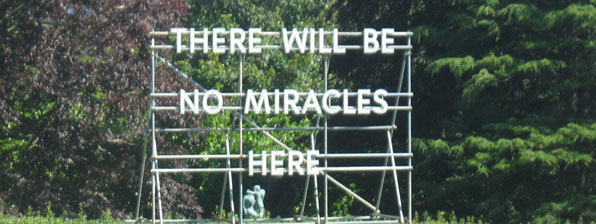








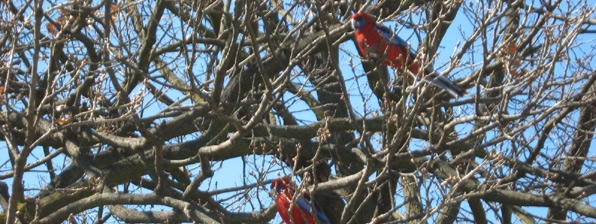











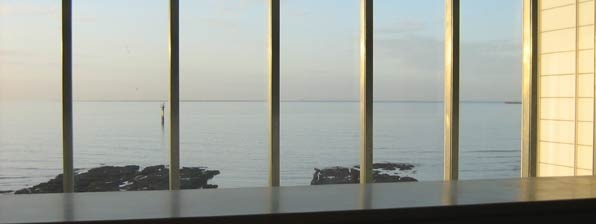



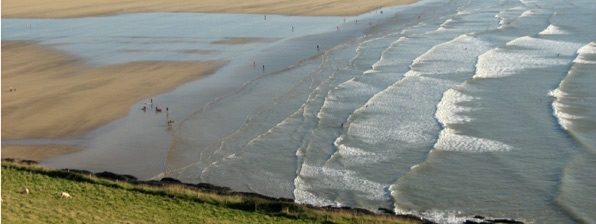
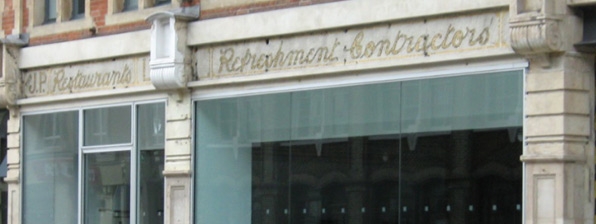











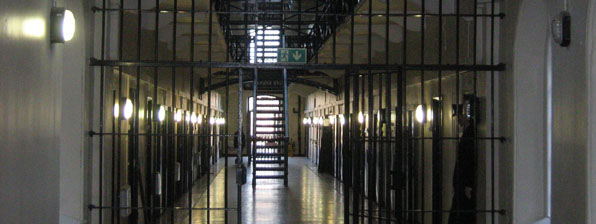


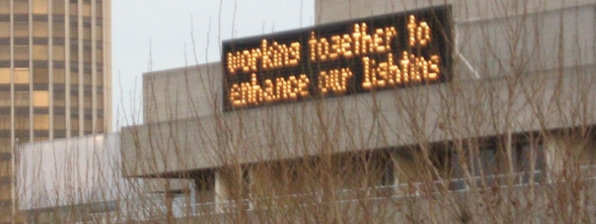


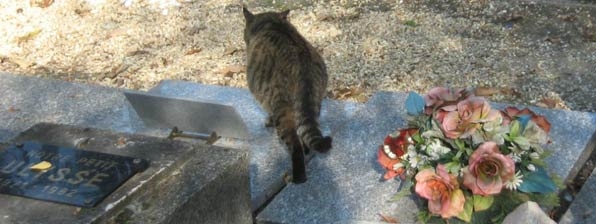

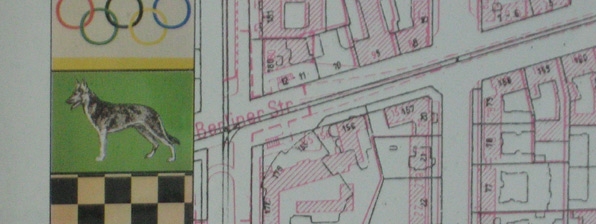







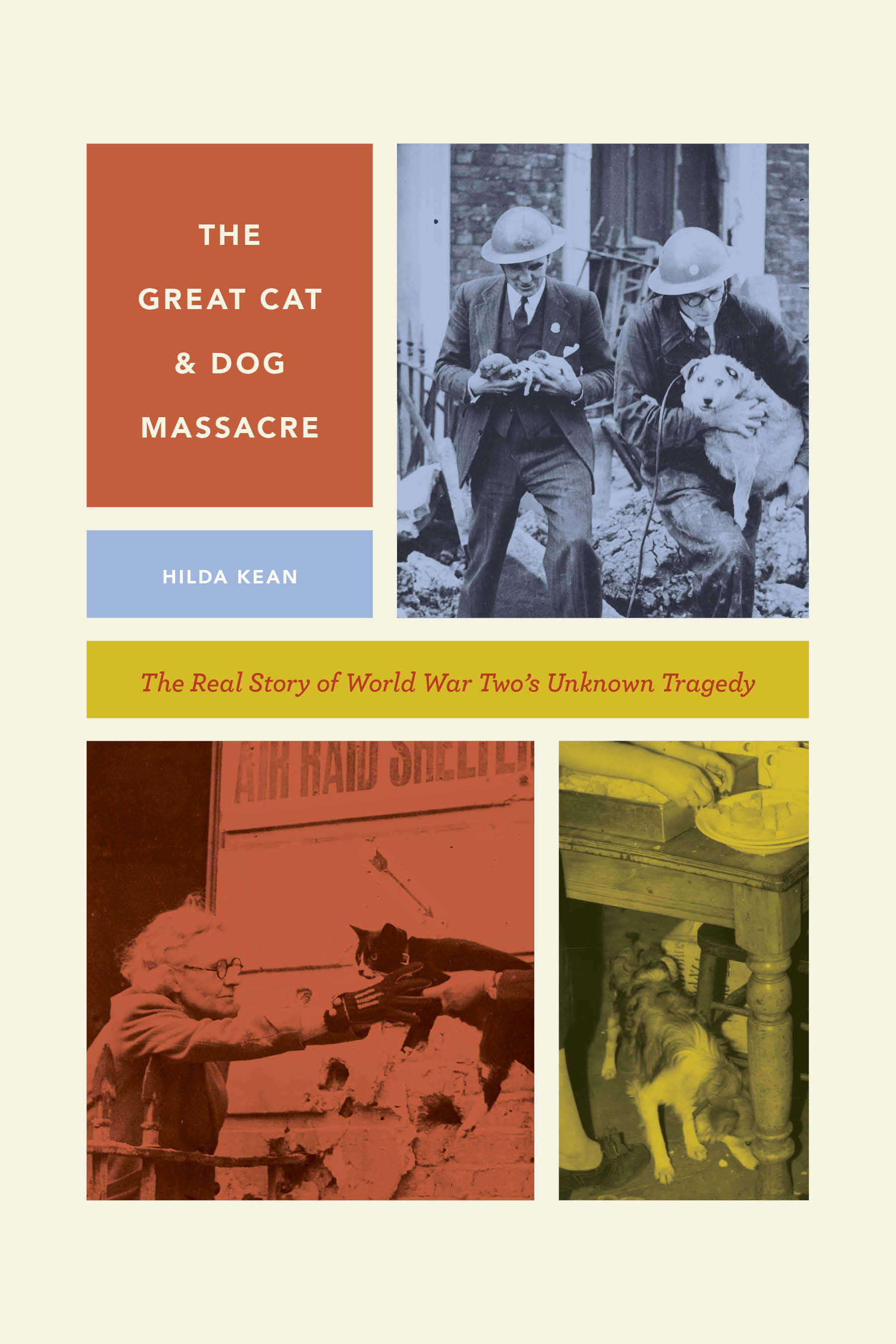
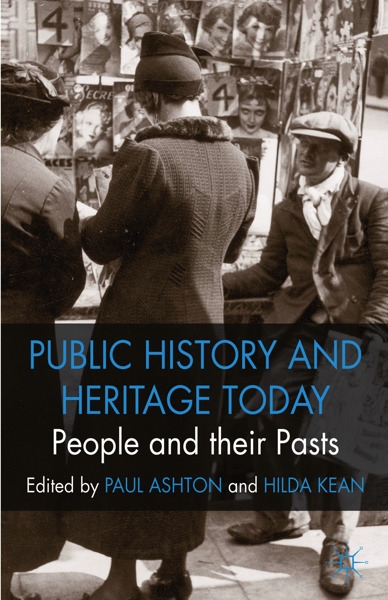



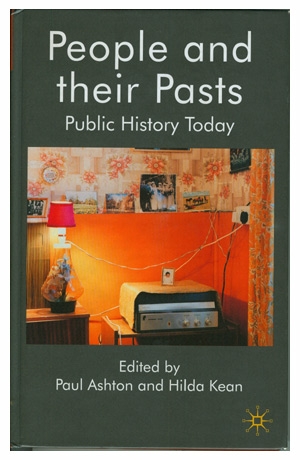

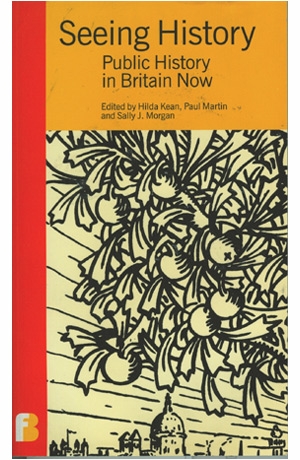
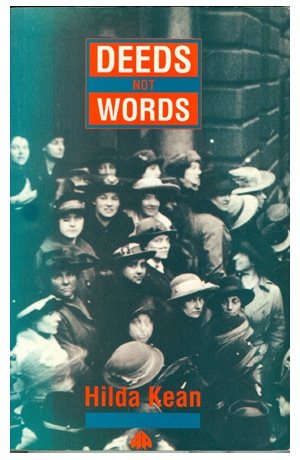


Leave a Reply